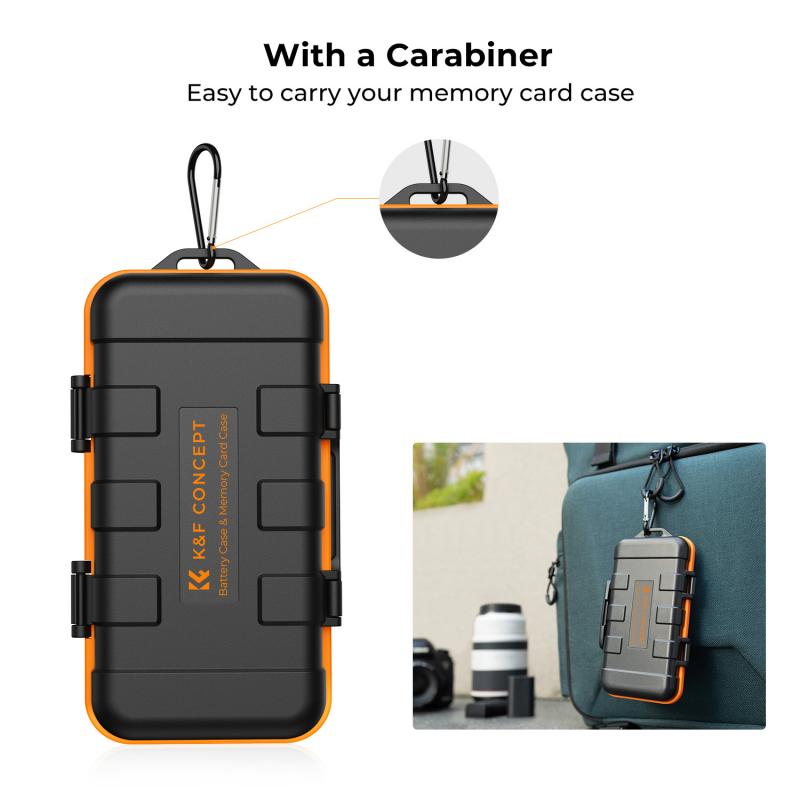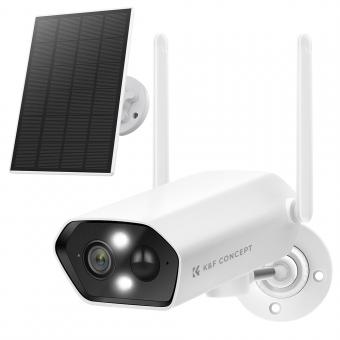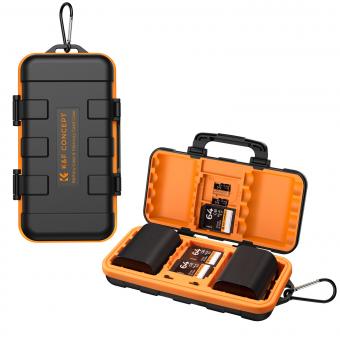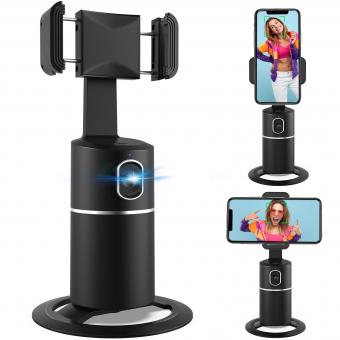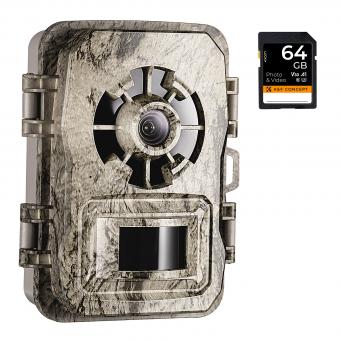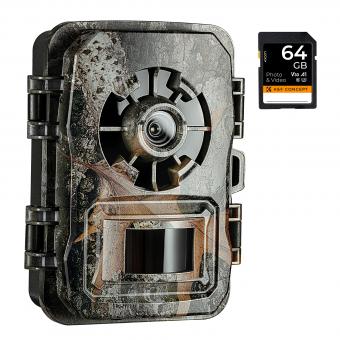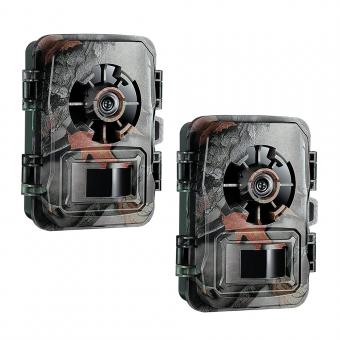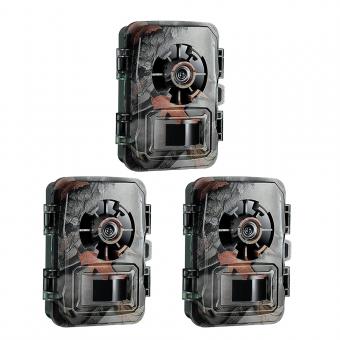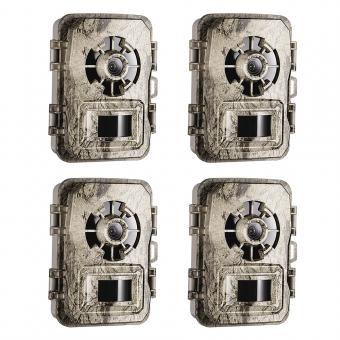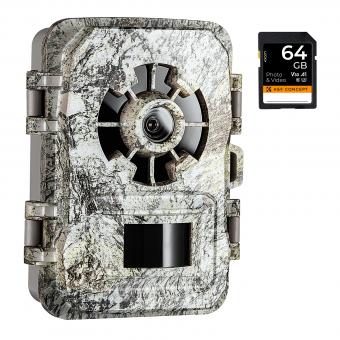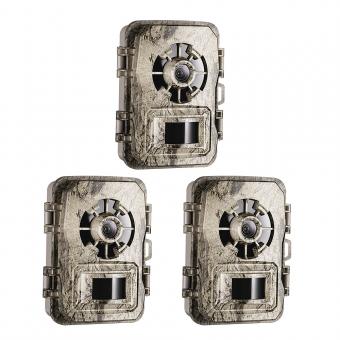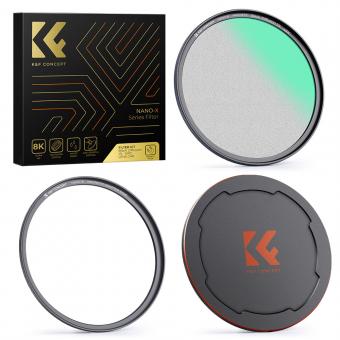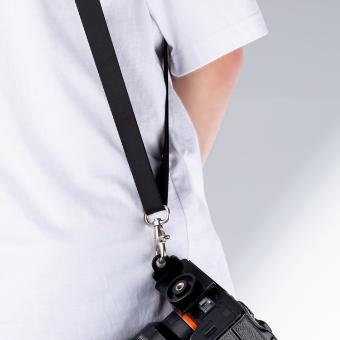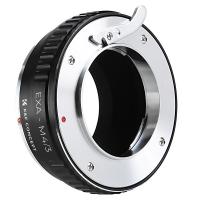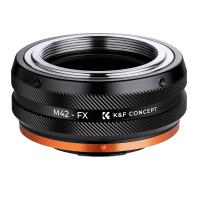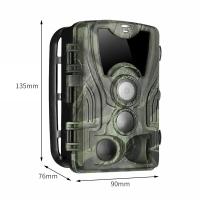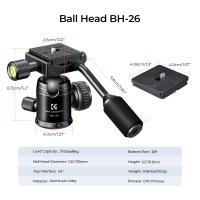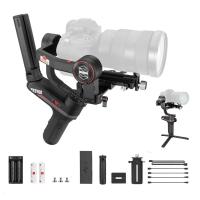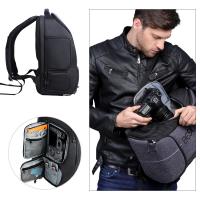Can You Bring Camera Battery On Plane ?
Yes, camera batteries are generally allowed to be brought on planes. However, it is important to check with the specific airline and country's regulations regarding the transportation of batteries. It is recommended to carry spare batteries in carry-on luggage rather than checked baggage, as there may be restrictions on the size and quantity of batteries that can be transported. Additionally, it is advisable to keep batteries in their original packaging or in a protective case to prevent short-circuiting.
1、 Lithium-ion battery regulations for air travel
Lithium-ion battery regulations for air travel have been a topic of concern and discussion in recent years. The International Civil Aviation Organization (ICAO) and the International Air Transport Association (IATA) have established guidelines to ensure the safe transportation of lithium-ion batteries on planes.
In general, lithium-ion batteries are allowed to be brought on planes, including camera batteries. However, there are certain restrictions and safety measures that need to be followed. The IATA has set limits on the quantity and capacity of lithium-ion batteries that can be carried on board. Typically, spare batteries with a capacity of up to 100 watt-hours (Wh) are allowed in carry-on baggage, while those with a capacity between 100 and 160 Wh require airline approval. Batteries exceeding 160 Wh are generally not permitted on passenger aircraft.
It is important to note that airlines may have their own specific regulations and restrictions regarding lithium-ion batteries. Therefore, it is advisable to check with the airline before traveling to ensure compliance with their policies. Additionally, it is recommended to carry lithium-ion batteries in their original packaging or in a protective case to prevent short circuits.
The latest point of view on lithium-ion battery regulations for air travel emphasizes the importance of safety. While lithium-ion batteries are generally safe, there have been incidents of battery fires and thermal runaway in the past. As a result, airlines and regulatory bodies continue to monitor and update their guidelines to mitigate any potential risks.
In conclusion, camera batteries, which are typically lithium-ion batteries, can be brought on planes within the specified limits and regulations set by the ICAO and IATA. However, it is crucial to stay informed about the latest regulations and check with the airline before traveling to ensure compliance and safety.
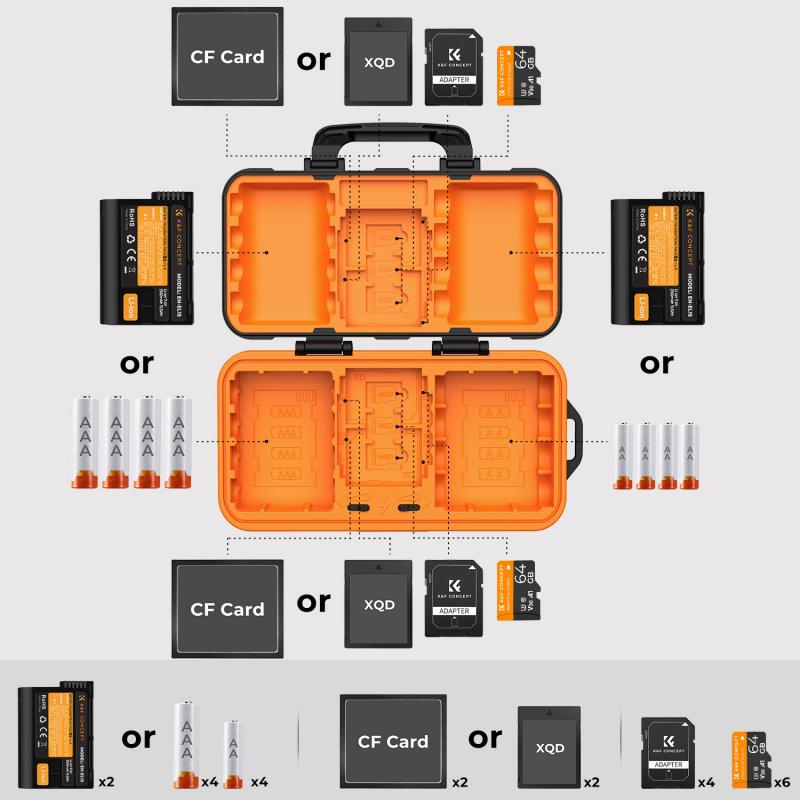
2、 Carry-on restrictions for camera batteries on airplanes
Carry-on restrictions for camera batteries on airplanes have become a common concern for travelers. The International Civil Aviation Organization (ICAO) and the International Air Transport Association (IATA) have established guidelines to ensure the safety of passengers and crew members.
As of the latest information, camera batteries are generally allowed in both carry-on and checked baggage. However, there are certain restrictions that need to be followed. Lithium-ion batteries, which are commonly used in cameras, are subject to specific rules due to their potential fire risk.
According to the IATA, spare lithium-ion batteries with a capacity of up to 100 watt-hours (Wh) are allowed in carry-on baggage without any special approval. This includes most camera batteries, as they typically have a capacity below this limit. However, if the battery exceeds 100 Wh, it may still be allowed on board, but prior approval from the airline is required.
It is important to note that loose lithium-ion batteries are not allowed in checked baggage. They must be carried in the cabin, either installed in the camera or stored in a protective case. Additionally, it is recommended to tape over the battery terminals or place them in individual plastic bags to prevent short-circuiting.
It is always advisable to check with the airline before traveling, as regulations may vary. Some airlines may have additional restrictions or requirements, so it is best to be well-informed to avoid any inconvenience at the airport.
In conclusion, camera batteries are generally allowed in carry-on baggage, as long as they comply with the specific regulations set by the ICAO and IATA. It is crucial to follow these guidelines to ensure a safe and hassle-free journey.
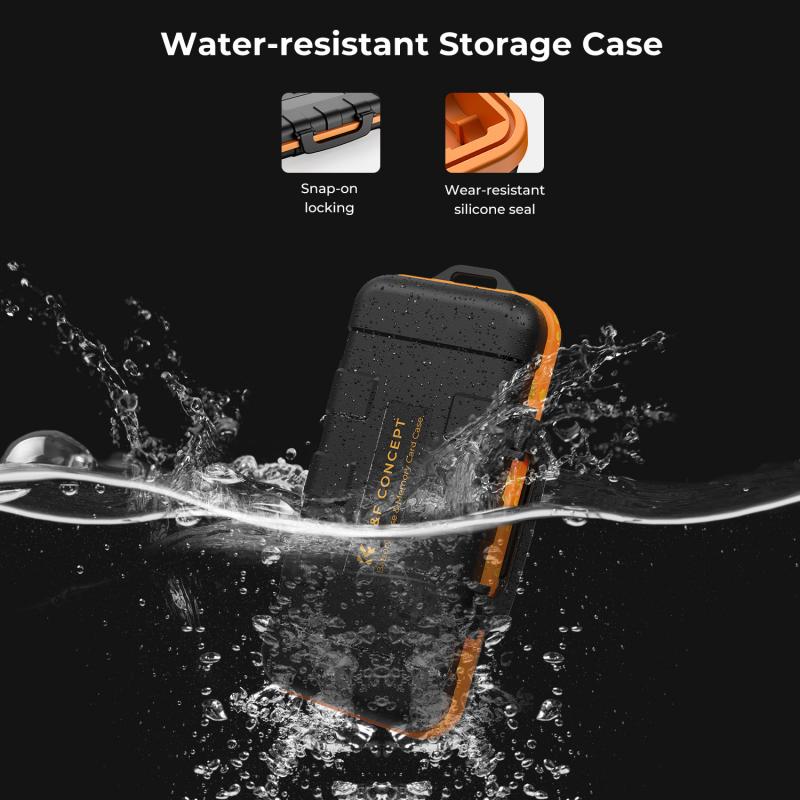
3、 TSA guidelines for bringing camera batteries on planes
According to TSA guidelines, camera batteries are generally allowed on planes, both in carry-on and checked baggage. However, there are certain restrictions and precautions that need to be followed to ensure the safety of all passengers.
Camera batteries that are lithium-ion or lithium-metal, which are commonly used in digital cameras, are permitted in carry-on bags. It is recommended to keep them in their original packaging or in a protective case to prevent short-circuiting. If loose, they should be covered with tape to insulate the terminals. Spare batteries are also allowed in carry-on bags, but they must be individually protected to prevent contact with metal objects, such as keys or coins.
As for checked baggage, camera batteries are generally allowed, but it is advised to carry them in your carry-on instead. This is because lithium-ion batteries have a higher risk of fire when placed in the cargo hold due to the lack of immediate access in case of an incident.
It is important to note that airlines may have their own specific regulations regarding the transportation of camera batteries, so it is recommended to check with your airline before traveling. Additionally, it is always a good idea to review the latest TSA guidelines, as they may be subject to change.
In light of recent events, such as the Samsung Galaxy Note 7 battery incidents, airlines and regulatory authorities have become more vigilant about battery safety. Therefore, it is crucial to follow all guidelines and take necessary precautions when traveling with camera batteries to ensure a safe and hassle-free journey.
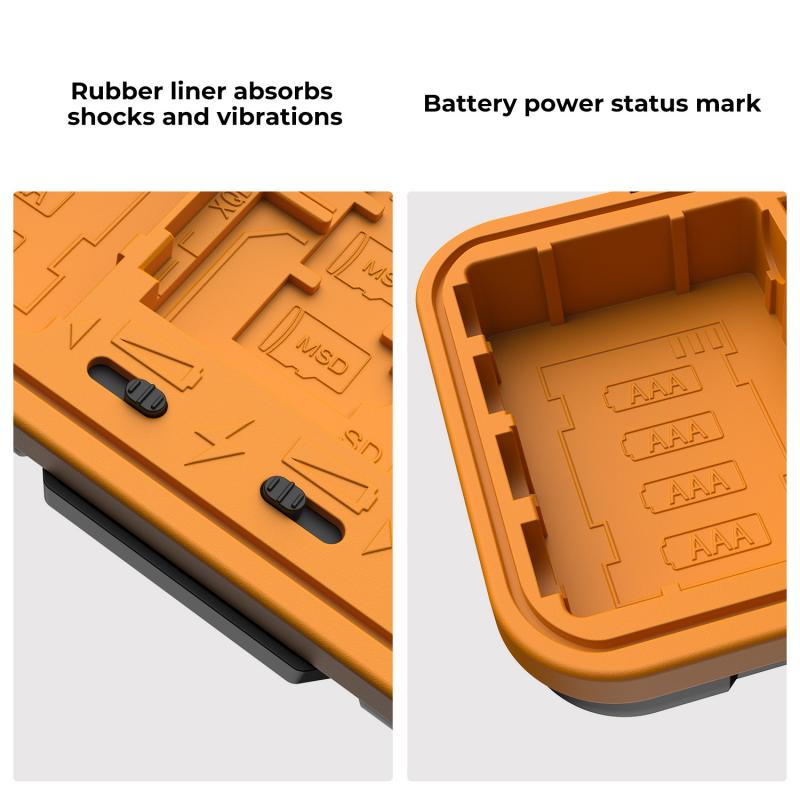
4、 International aviation rules for camera battery transportation
According to international aviation rules, camera batteries are generally allowed to be brought on planes, both in carry-on and checked baggage. However, there are certain regulations and restrictions that need to be followed to ensure the safety of all passengers and crew members.
As of the latest information available, lithium-ion camera batteries are typically permitted in carry-on baggage, but not in checked luggage. This is because lithium-ion batteries have the potential to overheat and catch fire if they are damaged or short-circuited. Therefore, it is important to keep them in the cabin where any potential incidents can be quickly detected and addressed.
When carrying camera batteries on a plane, it is recommended to keep them in their original packaging or in a protective case to prevent any accidental damage. It is also advisable to tape over the battery terminals or place them in a separate plastic bag to prevent short-circuiting.
It is worth noting that the specific regulations regarding camera batteries may vary slightly between different airlines and countries. Therefore, it is always a good idea to check with the airline or consult the relevant aviation authority before traveling to ensure compliance with the latest guidelines.
In conclusion, camera batteries are generally allowed on planes, but it is important to follow the specific regulations and guidelines set by the airline and aviation authorities. By doing so, passengers can ensure a safe and hassle-free journey while capturing their precious moments with their cameras.
